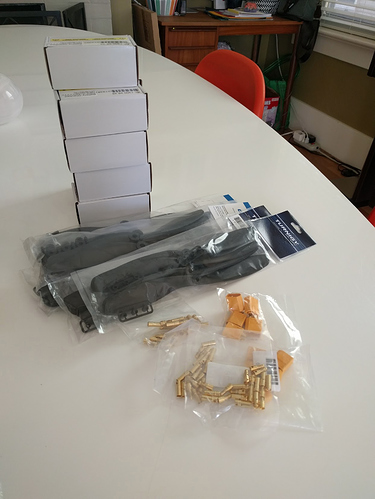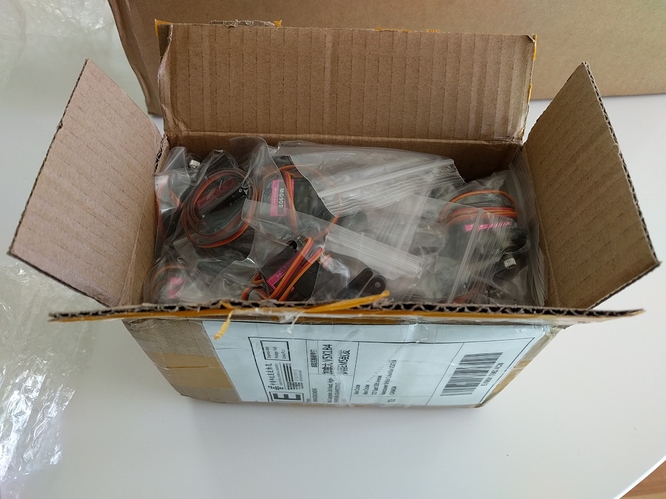Edit: Ticket sales are closed, sorry!
Let’s do it!
$150 if you need to buy a transmitter
$85 if you already have a transmitter, or plan to buy a different one
$0 if you want to help/heckle but don’t need any airplane parts
Event Description
In recent years, the RC hobby is being revolutionized by the development of cheap and super-energy-dense lithium polymer batteries, and the ongoing progress in miniaturization and mass production of electronics.
One of my favourite RC companies is Flite Test, they’re popularizing a construction technique that’s really fast, cheap and much easier than the old-school “stick and tissue” techniques that I spent hundreds of very enjoyable hours with as a kid.
All you need to make a Flite Test airframe is foamcore board (2-4 sheets at $1.25 each), a hot glue gun, a sharp knife, bamboo barbecue skewers, and occasionally other random bits found around the house.
We’ll be building a brand new design, the Flite Test Explorer. With a “pusher” configuration, it’s much harder to damage motors and props when the inevitable nose-first crashes happen.
You’ll get:
- Enough foamcore board to make a complete airframe, with two wings (3-channel “trainer” wing, 4-channel “sport” wing). We’ll have some laser-cut acrylic cutting templates to make it easier.
- Enough extra glue sticks, barbecue skewers, packing tape and duct tape to hold things together
- A transmitter (“TX”) and receiver (“RX”) that operate using the 2.4GHz frequency band
- Five servos – you only need two for a 3-channel trainer, or four for a 4-channel model, leaving a spare. We’ll give you a Y-harness to connect the aileron servos for the 4-channel wing.
- Steel wire to connect the servos to control surfaces
- Laser cut plywood motor mount and control horns
- An electric motor (two different power levels to choose from), electronic speed controller (“ESC”) and a propeller
- A Lithium Polymer (“LiPo”) battery large enough for ~20 minute flights
- A LiPo battery charger
If you’re curious about the parts costs, I’ve made a Google Sheets spreadsheet.
You need to bring:
- A hobby knife (e.g. X-Acto #11) and at least four spare blades
- A hot glue gun. Because of the size of our wing, your glue gun has to be powerful. A 40-watt gun is barely sufficient, more is better. If you have trouble finding a powerful glue gun, let us know and we’ll order a few.
- Lunch–we’ll have a half hour break around lunchtime
- Enthusiasm for building and learning!
What about the flying part?
The workshop is likely to run all day, and it’ll be dark by the time it’s done. We’ll schedule some learn-to-fly days soon afterward, depending on weather and availability.
Instructor Bio
I’ve been building and flying rubber-powered free flight airplanes since I was a kid, but back then RC was incredibly expensive, you needed an amateur radio license to operate a transmitter, and it took dozens of hours to build an airplane. Now, everything is better!
I’m not charging anything for my time, I just want to introduce people to this fascinating hobby.
Build Video
If you want to get a head start, I highly recommend watching the FT Explorer build video.

